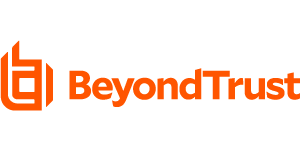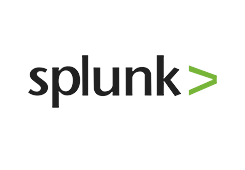Preparing for the Conversational AI Journey
Build internal partnerships
Effective coordination is key. The business side should focus on leveraging competitive advantage while keeping an eye on time and budget constraints. The IT side should focus on finding the right platform and overcoming integration and compliance challenges.
Assess current capabilities
Profile existing and past use of language technologies. Inventory relevant knowledge bases and data sources. Assess internal resources, such as language experts and analysts, to determine if you require outside help. Test backend systems for interoperability and scalability.
Create a conversation team
Consider roles such as a LOB leader, for guidance and funding; a project lead, for management; analysts, to provide guidance on personality, language, and workflows; data scientists, to create ML models; and developers, to build out and integrate the solution.
Define the right metrics and gather data
Pinpoint realistic goals for each project stage, such as % increase in call containment, CSAT, and NPS. Harvest data from customer reps, for chat transcripts; question input tools, for common queries; and interviews, for insight into customer expectations and language.
Get cultural acceptance
Select the most advantageous use case for your POC (well documented, high volume, and repetitive). Focus on winning hearts and minds and find a few high-level evangelists. Continually highlight the importance and value of conversational AI for individuals, teams, and the company.
Preparation is key to achieving success in the conversational era.
Steps in a Typical Conversational AI Journey
Every bot journey is unique, reflecting differences in industry, organizational capabilities, strategic priorities, budget, and more. Timelines are also unique, varying in accordance with your use case, integration and workflow complexities, available resources, and compliance and change management requirements. However, we’ve identified these 5 stages as part of every conversational AI journey.
Planning
Now that you’ve prepared for your journey, it’s time to plan out your first text or voice bot. Major components of this step include:
- Documenting user journeys and pain points
- Developing user personas
- Identifying workflows to map to tasks
- Evaluating and picking channels
- Storyboarding dialog flows
Proof of concept
Next, you’ll want to explore primary and secondary use cases, map out key requirements, determine what vendors and partners are needed, and more. This includes:
- Defining implementation and functionality
- Blueprinting bot interactions
- Building the first bot (typically 30-45 days)
- Internal testing and model tuning
- Sign off and production discussions
Pilot
Now that your POC is complete, it’s time to roll out additional tasks and dialog flows to a somewhat wider employee or customer audience. This step includes:
- Providing key stakeholders time for testing
- Instructing users to try to “break” the bot
- Gathering qualitative and quantitative data
- Documenting lessons learned
- Creating an actionable plan for improvement
Ramping up
This step involves deploying your conversational agent, promoting it to your intended audience, and establishing best practices for change management. The primary focus includes:
- Ongoing management and optimization
- Identifying additional workflows to target
- Qualifying new channels and use cases
- Continuing to grow internal expertise
- Showcasing early impacts to company
Institutionalization
The final step is all about establishing conversational AI as a baseline competitive advantage within the company. At a glance, key activities include:
- Setting up dedicated functions for monitoring
- Establishing training routines
- Analyzing key metrics on a regular basis
- Targeting new use cases and agents
- Continuing to promote and evangelize
- Planning
- Proof of concept
- Pilot
- Ramping up
- Institutionalization
Planning
Now that you’ve prepared for your journey, it’s time to plan out your first text or voice bot. Major components of this step include:
- Documenting user journeys and pain points
- Developing user personas
- Identifying workflows to map to tasks
- Evaluating and picking channels
- Storyboarding dialog flows
Proof of concept
Next, you’ll want to explore primary and secondary use cases, map out key requirements, determine what vendors and partners are needed, and more. This includes:
- Defining implementation and functionality
- Blueprinting bot interactions
- Building the first bot (typically 30-45 days)
- Internal testing and model tuning
- Sign off and production discussions
Pilot
Now that your POC is complete, it’s time to roll out additional tasks and dialog flows to a somewhat wider employee or customer audience. This step includes:
- Providing key stakeholders time for testing
- Instructing users to try to “break” the bot
- Gathering qualitative and quantitative data
- Documenting lessons learned
- Creating an actionable plan for improvement
Ramping up
This step involves deploying your conversational agent, promoting it to your intended audience, and establishing best practices for change management. The primary focus includes:
- Ongoing management and optimization
- Identifying additional workflows to target
- Qualifying new channels and use cases
- Continuing to grow internal expertise
- Showcasing early impacts to company
Institutionalization
The final step is all about establishing conversational AI as a baseline competitive advantage within the company. At a glance, key activities include:
- Setting up dedicated functions for monitoring
- Establishing training routines
- Analyzing key metrics on a regular basis
- Targeting new use cases and agents
- Continuing to promote and evangelize
Missteps to Avoid Along the Way

Trying to do it all at once
It’s easy to get distracted by new features that aren’t necessary to hit your target metrics – and that potentially lower the quality of the end result. Focus on your primary use case first.

Forgetting scalability
Think big, but be smart. A scalable platform that handles full production workloads can help eliminate time consuming rework and the need for costly infrastructure upgrades.

Lacking sufficient training data
It can be challenging to find reliable and sufficient data sets, especially for internal use cases and niche functions. You may need to spend more time testing and analyzing results before going live.

Not reducing bias
Conversational agents rely on good data and strong training algorithms. Sudden changes, such as a new law or business rule, can introduce bias into your data or training methodology.

Underestimating training time
Human language is complex, and there are nearly infinite ways to express intent. Because of this, you’ll want to test, retrain, and revise your NLP and dialog flows on an iterative and frequent basis.

Being blindsided by unintended results
Plan for your agents to fail gracefully by providing effective fall-back responses. Try to account for as many possible failure scenarios and learning snafus as you can handle, and accept that the list will grow.

Compromising on data or privacy
Ensure your platform provides effective encryption and data masking, and that you are transparent about how data may be used. Consider reviewing and vetting all bot responses before deployment.

Thinking implementation is the end
The best chatbots are continually optimized. Even if utilizing unsupervised learning, you’ll want to monitor interactions on a regular basis and add, adjust, and remove intents, entities, tasks, and more over time.











